Tips on what to purchase for propagating
bernadette_gourder
15 years ago
Related Stories

DECORATING GUIDES7 Home Purchases Worth the Splurge
Make buyer's remorse over furniture, textiles and more a thing of the past with this wise purchasing advice
Full Story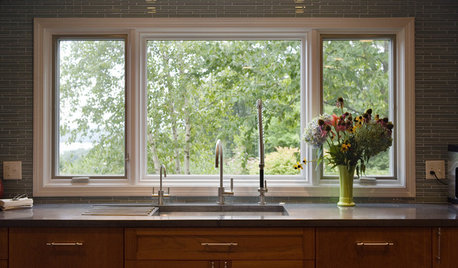
WINDOWSContractor Tips: How to Choose and Install Windows
5 factors to consider when picking and placing windows throughout your home
Full Story
LIFE12 House-Hunting Tips to Help You Make the Right Choice
Stay organized and focused on your quest for a new home, to make the search easier and avoid surprises later
Full Story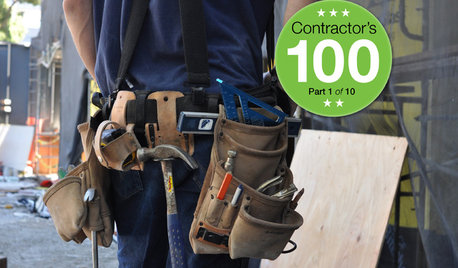
MOST POPULARContractor Tips: Top 10 Home Remodeling Don'ts
Help your home renovation go smoothly and stay on budget with this wise advice from a pro
Full Story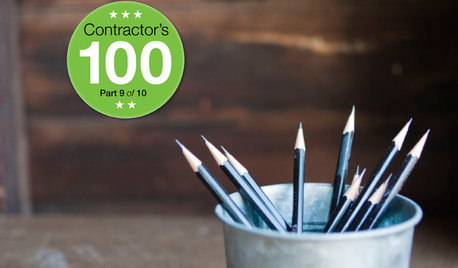
CONTRACTOR TIPSContractor Tips: 10 Ways to Remodel Greener
Push past the hype and learn what really makes a renovation kind to the earth and easy on your wallet
Full Story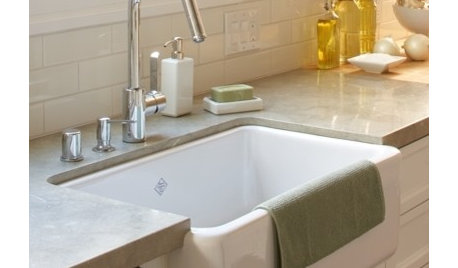
CONTRACTOR TIPSContractor Tips: Countertop Installation from Start to Finish
From counter templates to ongoing care, a professional contractor shares what you need to know
Full Story
MOST POPULAR33 Magic Household Cleaning Tips
Houzzers from around the world share their tips for transforming housework into child’s play
Full Story
REMODELING GUIDESContractor Tips: 10 Ways to Get the Remodel You Want for Less
Lighten the load on your remodeling budget without sacrificing your design by heeding this insider advice
Full Story
RUGS10 Tips for Getting a Dining Room Rug Just Right
Is the rug you’re considering the right size, shape and weave for your dining room? Here’s what to keep in mind
Full Story





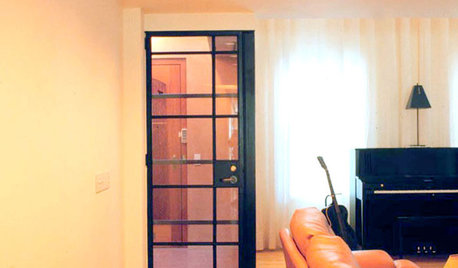
calistoga_al ca 15 usda 9
bernadette_gourderOriginal Author
Related Professionals
Bridgetown Landscape Architects & Landscape Designers · Barrington Hills Landscape Architects & Landscape Designers · Birmingham Landscape Architects & Landscape Designers · Kenmore Landscape Architects & Landscape Designers · Billerica Landscape Contractors · Surprise Landscape Contractors · Concord Landscape Contractors · Gloucester Landscape Contractors · Los Banos Landscape Contractors · Melrose Park Landscape Contractors · Porterville Landscape Contractors · Sammamish Landscape Contractors · White Bear Lake Landscape Contractors · 07920 Landscape Contractors · New Carrollton Landscape Contractorscalistoga_al ca 15 usda 9
gardengod
bernadette_gourderOriginal Author
token28001
bernadette_gourderOriginal Author
albert_135 39.17°N 119.76°W 4695ft.
token28001
brandon7 TN_zone7
calistoga_al ca 15 usda 9
karyn1
bernadette_gourderOriginal Author
karyn1
jivalst
bernadette_gourderOriginal Author
bernadette_gourderOriginal Author
daneh